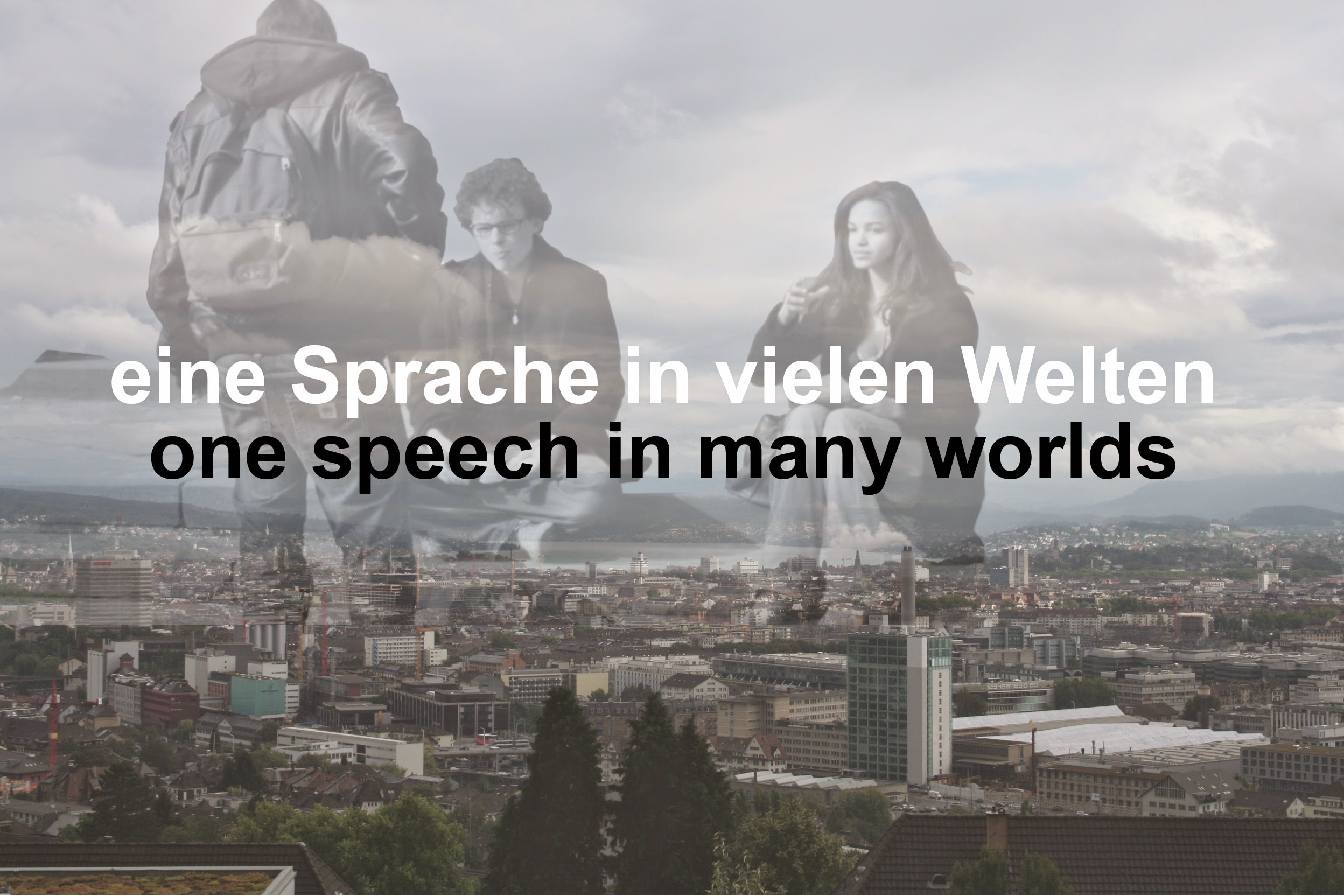With its short video content and predominantly young target group, TikTok poses challenges for traditional media. In a study, the TH Köln and the Westfälische Hochschule analysed how German journalists deal with this relatively new channel. According to the study, media professionals generally strive for a balance between journalistic integrity and adapting to the special dynamics of TikTok.
Cologne/Germany, February 24, 2025 As with all other social media, it is interesting that algorithms are based on existing relationships rather than on the fact that people have the same or similar characteristics but are strangers to each other. Social media is therefore not sustainable but exclusively interested in growth and, if social relationships change, would also change the algorithm. In Bohemian Rapsodie, Freddy Mercury describes the speciality of his band Queen in that they are all outsiders and thus represent the actual diversity among their audience. This makes it clear that the nature of the algorithm through social media fuels the classic traditional hostilities, it is difficult to escape from existing relationships and assign oneself to what one perceives as belonging.
‘The starting point for our research was the question of how established German media have gained a foothold in this social media channel characterised by pointed videos. Can they remain true to the norms and standards of quality journalism and still successfully serve the algorithm?’ explains Prof Dr Christian Zabel from the Schmalenbach Institute of Economics at TH Köln. The two universities conducted semi-standardised interviews with 22 journalists who are responsible for TikTok accounts at public and private media.
Journalistic values and relevance
One focus of the surveys was the professional standards by which the journalists operate the accounts. ‘Respondents most frequently mentioned core journalistic values such as research, accuracy, relevance and independence on TikTok, while somewhat less frequently they emphasised entertainment, proximity to the real experiences of the audience and the shareability of content. It became apparent that the principles of quality journalism continue to be decisive and are combined with TikTok-specific storytelling, crisp openers, simplified narratives and appealing images,’ says Zabel.
Strategically, public service media in particular have opted for an information-orientated approach that contributes to shaping public opinion. The relevance of a topic is assessed according to its social or target group-specific significance. Private media on TikTok tend to pursue a more user-orientated approach, in which relevance is assessed according to the extent to which the content corresponds to the interests of the presumed target group.
Maintaining journalistic independence remains a challenge, as TikTok’s content and community guidelines restrict media companies in their choice of topics and presentation of content. For example, the depiction of violence and death, nudity or similarly sensitive topics is not desired and can lead to devaluation by the algorithm. A journalist from a public broadcaster reports: ‘We can’t publish LGBTQ content in the Arab world. Whenever we try, TikTok deletes the post and threatens to algorithmically downgrade our account.’
Public media with comprehensive workflows
The researchers were also interested in the production process of the journalistic content, taking into account the target groups, the selection of topics and the choice of content design. ‘In principle, all respondents are aimed at a young audience between 14 and 35. Some providers also take socio-economic parameters into account, such as a public broadcaster that specifically targets secondary school pupils with a migration background that it does not reach via other channels,’ explains Zabel.
According to the study, there are clear differences in the quality management of private and public media. The former tend to rely on the adaptation of existing content; half of those surveyed have only one responsible member of the editorial team issue approvals, while the other half have several people involved in a more complex process. Public service media are dominated by comprehensive approval processes. In addition, complex workflows have been set up there that allow a large number of participants with different skills to get involved. ‘As they are less exposed to economic pressure, public broadcasters can afford a routine with several production stages that every piece of content has to go through. The better resources are also noticeable in community management, which can be pursued much more intensively by public service journalists,’ says Zabel.
About the study
For their study, the Westfälische Hochschule and the TH Köln interviewed 22 journalists who manage the institutional TikTok accounts at leading German-language media. Ten of the interviewees work for private media, twelve for public media. The data was collected between May and June 2023. The interviews were conducted online and in German and lasted between 21 and 46 minutes. The questions focused on professional standards, content production routines and the role of metrics and target groups on TikTok. Prof Dr Matthias Degen and Max Olgemöller from the Institute for Journalism and Public Relations at Westfälische Hochschule and Prof Dr Christian Zabel from the Schmalenbach Institute for Economics at TH Köln were responsible for the study. The project was supported by the Zeit Stiftung Bucerius.
Ein Fachartikel zur Studie ist Open Access im Journal Emerging Media erschienen: (https://journals.sagepub.com/doi/full/10.1177/27523543241300942)
TH Köln is one of the most innovative universities of applied sciences. It offers students and academics from Germany and abroad an inspiring learning, working and research environment in the social, cultural, societal, engineering and natural sciences. Around 21,100 students are currently enrolled on around 100 Bachelor’s and Master’s degree programmes. TH Köln shapes social innovation – with this claim we meet the challenges of society. Our interdisciplinary thinking and actions, our regional, national and international activities make us a valued co-operation partner and pioneer in many areas.
ImageSource
Gino Crescoli Pixabay


